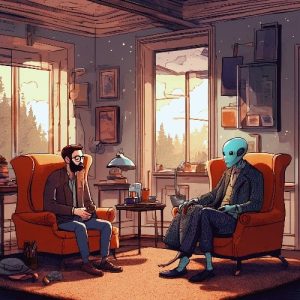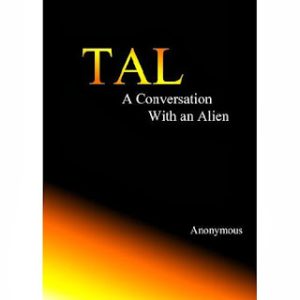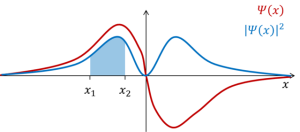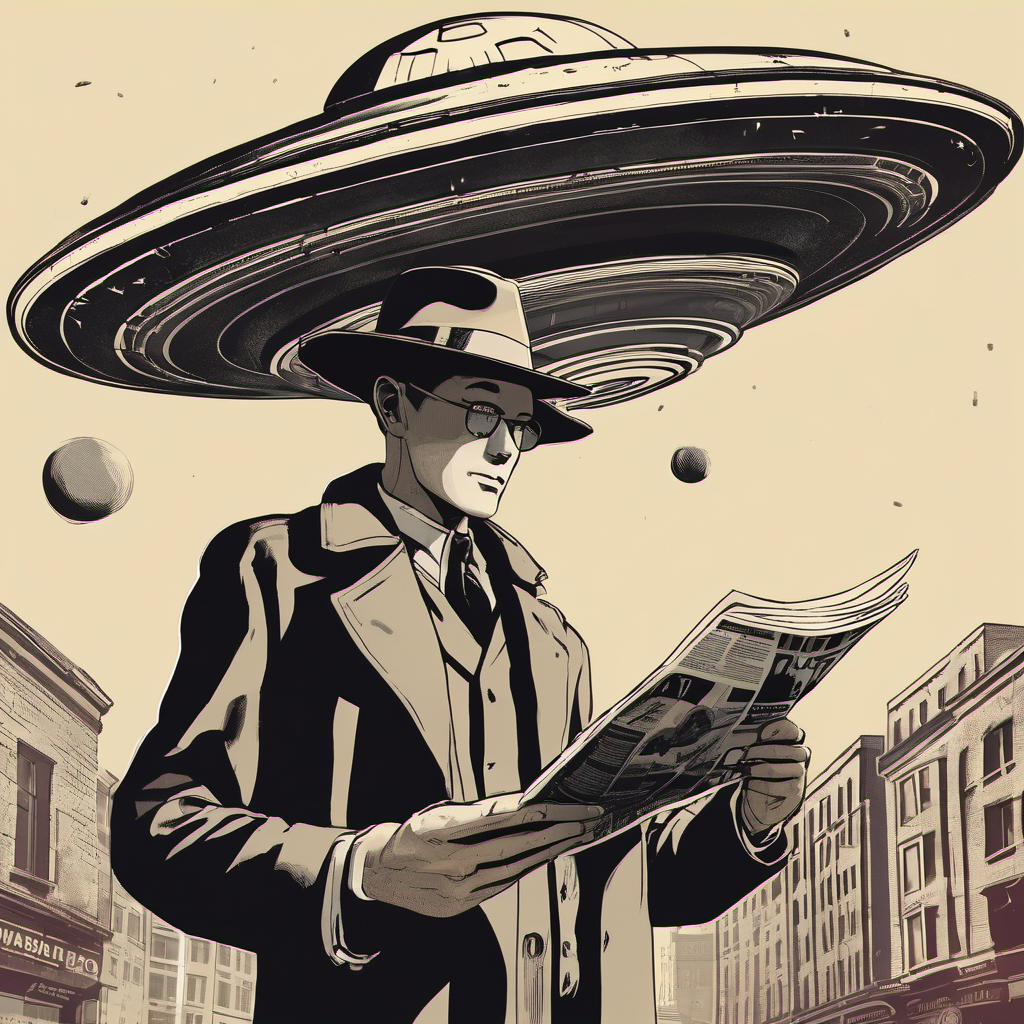 By KEN KORCZAK
By KEN KORCZAK
The authors of TAL opted for a bit of melodrama, perhaps to spice things up initially and pique the curiosity of readers.
To this end the book is mysteriously published as “Anonymous” and it is billed as a “conversation with an alien.” But what we have here is a straightforward and lucid conversation of quantum physics theory, presented in classic dialectic form.
Only at the end does the author identify this book as a work of “pure fiction.”
But wait a minute!
I notice that the publishers of this book have recently modified their position as to the true nature of TAL. The authors recently updated the book description on Amazon to say this:
“The author of this book, who chooses to remain anonymous even to us, submitted this draft and we chose to publish it. The author writes of an encounter that they had with a being called ‘Tal’ who looked human but claimed to be an alien. The author believes that this person was in fact an alien due to the content of their conversation and the events that lead to and followed it. The author requests we divulge no information about the book that could influence the first reading of it.”
TAL claims to be an alien being who was somehow stranded on our earth 100,000 years ago. He has spent his time observing the human species. Now he is eager to illuminate his friend –the author of this manuscript — about the details, meanings and implications of the quantum model.
As far as I am concerned, we can set aside the idea of whether TAL is a real alien or not.
That’s because the stage is effectively set for a scenario wherein some “average guy” encounters another individual of extreme intelligence. The two sit down for a conversation in which the alien relates his insights into the implications of the quantum mechanical universe.

This narrative does a commendable job of that. If you have read other books intended for a mainstream audience explaining quantum mechanics, this will be a worthy addition to your collection. It will enhance your understanding of an always slippery topic. If you’re like me, a person who has long been fascinated quantum models of the universe, this book will give you yet another way to approach concepts that are thorny and vexing.
That’s because much of what is implied by quantum mechanics is so challenging to the way we psychologically model our physical world. Despite all of our progress in physics, most of us are still grounded in a Newtonian world in terms of our daily view. We are comfortable with rather simple cause and effect, a linear notion of time, and common-sense laws of motion, mass, location and dimension. Even though most people acknowledge relativity, uncertainty, macro vs micro and the like, they still don’t “think like Einstein“ — most people still “think like Newton.“
Many of us have read about the double slit experiment which shows the seeming dual nature of a particle. A particle appears to act like both a singular “hard” object as well as a “wave”. Even if we can grasp the implications of the double slit experiment intellectually, it still confounds us on other levels of rational thought. Well, this author helps by giving us us yet another look at the issue. I have found that it helps to periodically return to the double slit results and think about it from new angles.
The author also makes a compelling case for the MANY-WORLDS INTERPRETATION originally proposed by physicist Hugh Everett III back in the 1950s. Perhaps few other theories have produced so much resistance — and just downright loathing — as the idea that every time a human being makes a decision one way or another, a new universe is created to accommodate that decision.
One of the ways our friend TAL makes Many-Worlds easier to swallow is by couching it in terms of the infinite. By grasping the mega-beyond-enormity of what infinity truly is, we can at least “feel comfortable” that Many-Worlds has “room” to exist and expand without limit forever.
There’s lots more, too. For example, the author does a wonderful job of shedding light on the Schrödinger probability equations. I also like the way we are invited to reexamine how we think about dimensions of existence, and how we perceive our relationship with time.

Perhaps best of all is a clever thought experiment which shows vividly the limits of a reductionist approach to science in terms of explaining what we can or cannot experience. For example, even if you develop the perfect mathematical equation to capture the essence of a lobster dinner and have the best semantic description of the meal based on the reviews of others — you’ll still never truly “know” what that lobster tastes like until you actually bite into it and experience it directly with your own consciousness.
So, this is a delightful read which illuminates and explains. No matter how well you think you understand quantum theory, I suspect you will gain at least a few insights, and increase your level of comfort with the implications of quantum theory. TAL will help you push your understanding to a deeper level.
NOTE: For more stories like this, please see: KEN-ON-MEDIUM.
